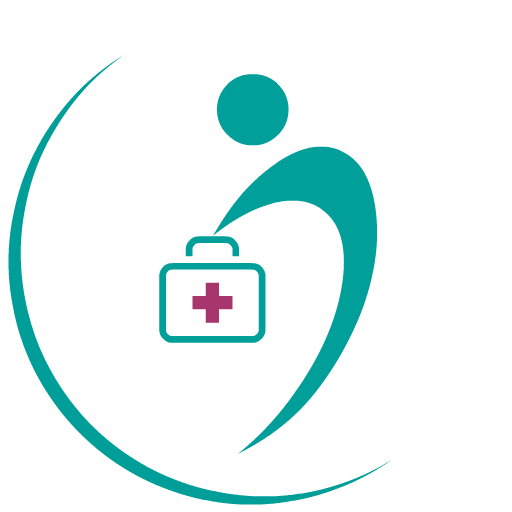Inefficiency of muscles around knee lead to altered alignment of patella & above tolerable loads at patellofemoral (kneecap) joint giving pain.
Knee Pain & stiffness in front of the thigh in 55-year-old female
Complaints:
• Progressively increasing knee pain following a jerk while walking 1.5 months back
• Difficulty in getting up from her commode & bed but is comfortable rising from the chair.
• Swelling around ankle &feet on same leg for which she underwent all investigations (which were normal).
Patient’s Worries:
• unable to stand for longer durations for her profession as a teacher & has difficulty in walking.
• she has gone into the shell & become physically inactive to avoid experiencing pain.
Lifestyle Risk Factors: prolonged inactivity, repetitive sit-to-stand (STS), prolonged standing
Muscle Involved: the jerk led to inefficiency in the front of the thigh muscle – Quadriceps (Q). Q plays a key role in STS & maintaining alignment of kneecap (patella). Inefficient Q leads to:
• Increased effort for STS with tendency to underuse the painful knee & overuse the secondary muscles (hip & ankle) of same leg &/or of the opposite leg. Q feels fatigued & overworked thereby becoming stiff. Stiff Q does not allow the knee to become straight, bend completely & exerts more pressure across the kneecap joint.
• change in patella alignment which increases the pressure on the outer aspect of the knee, especially when the knee is flexed at a right angle or more.
• Initially only the STS is challenging but with progressive fatigue & stiffness of various muscles, the quality of the daily tasks gets compromised.
Observations:
• Patient walks or stands with the knee bend to few degrees, has pain while walking, is avoiding putting full pressure on the knee compromising the speed & style
• Swelling at & above the knee
• Knee bending is reduced by 20% compared to opposite knee (stiff Q)
• Hip: Reduced flexion & crossing over to opposite side in comparison to opposite hip (stiff extensors & abductors)
Rehabilitation Goal: Achieve Pain relief & Restore + Enhance Physical Functions. Done by:
• Patella Taping Procedure: Offload the pressure on the outer side of knee
• Reduce the work for the Q & other muscles: Repetitive STS takes away the reserves of the muscle capacity to perform, thereby leaving little strength for dynamic work (walking/standing/stairs). As pain/exhaustion/handicap is experienced in dynamic work, the patient avoids or reduces the same & becomes inactive. Muscle Work is reduced by:
o Raising the height of the sitting surfaces @ 120% of leg length & supporting the feet with a footrest when seated. This will allow the person to get down with gravity rather than against gravity & own weight.
o Do dynamic work in batches interspersed by adequate periods of rest.
o Avoid working into the pain
• Physical activity: Avoid being inactive for more than 25-30 minutes while awake. Take activity breaks for 2-3 minutes.
• Improve flexibility & strength slowly but surely by getting the patient out of her comfort zone.
Blogs
Stay connected to health experts and read what they have to say via DocSmart.
Please sign up to create your own blog





